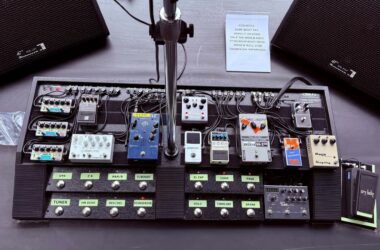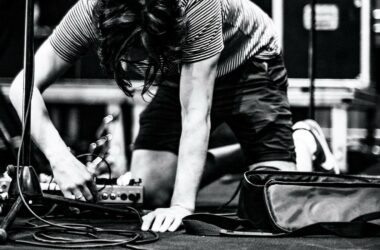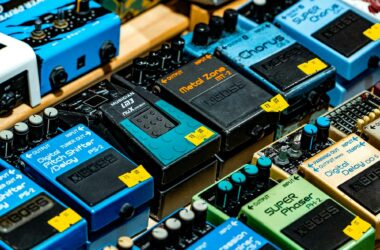Today, we’re going to talk about a signal blender or signal mixer pedal… “Huh? What’s that?”. So today, we’re diving into this somewhat obscure but oh-so-useful universe. I promise, you’ll end up wanting one on your pedalboard!
What is a signal mixer pedal?
A mixer pedal (or signal blender) is used to combine several audio signals – usually a direct (clean) signal and one or more signals processed by effects. It acts much like a small mixing console for guitar or bass, but with a very precise aim: to control the proportion of each signal in the final mix.
In general, a mixer pedal offers :
- One main input (guitar or bass),
- One or more effects loops (send/return),
- Mix control (wet/dry),
- Sometimes, a phase inversion, an A/B switch, or an independent bypass.
Why use a blender pedal?
1. Keep signal clean
Some effects – especially distortion, fuzz or filters – can remove the dynamics and intelligibility of the original sound. By using a blender pedal, you can keep part of the signal clean and superimpose the effect, for greater clarity, presence or punch (hello bassists!).
2. Create parallel effects
Rather than chaining effects together(serial chain), you can use them in parallel. For example, you could :
- send a delay to a channel,
- a reverb in another,
- then mix the two signals to your liking.
The result: more control and less noise.
3. Testing unlikely combinations
Parallel fuzz and phaser? Infinite reverb that doesn’t swallow up your dynamics? An ultra-slow tremolo coupled with a slamming crunch? With a blender, anything is possible, and your pedalboard becomes a laboratory…
4. Bypassing the limits of amplifier loops
If your amp doesn’t have an effects loop, or if it’s unsatisfactory, a blender lets you add effects without having to use the amp’s distortion.
How do I use a blender pedal on a pedalboard?
Chain placement :
Generally placed before the amp (or in the effects loop if you want to mix post-gain effects). Its role is to route the signal to one or more effects loops, then to recover and mix the signals.
A simple example:
- Your guitar enters the blender pedal.
- The pedal sends the signal into a loop where you add a fuzz.
- The pedal receives the processed (fuzzed) signal and mixes it with the original signal.
- Set the mix pot to your liking.
This gives you a fuzzy but articulate sound, without losing the attack of your playing.
Types of mixer pedals
| Type | Main function |
| Mono blender | Dry/wet mix on a single loop |
| Stereo blender / dual loop | Two parallel effects mixed together |
| A/B mixers | Choice or combination of two sources |
| Crossfader / morphing | Gradual transition from one effect to another |
| Multiple mixers | For multiple signals (modular synth, multi-instrument) |
10 signal mixer pedals to discover
Here’s a selection covering different budgets, formats and features – whether you’re a guitarist, bassist :
1. Boss LS-2 Line Selector
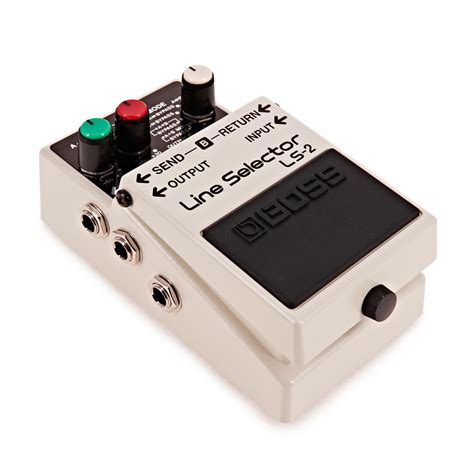
Versatile and compact, the Boss LS-2 lets you switch between or combine 2 effect loops, with integrated volume control. Ideal for complex setups, it can also be used as a booster, ABY or power supply for other pedals. A reliable and practical tool for any pedalboard.
2. Walrus Audio Canvas Re-Amp
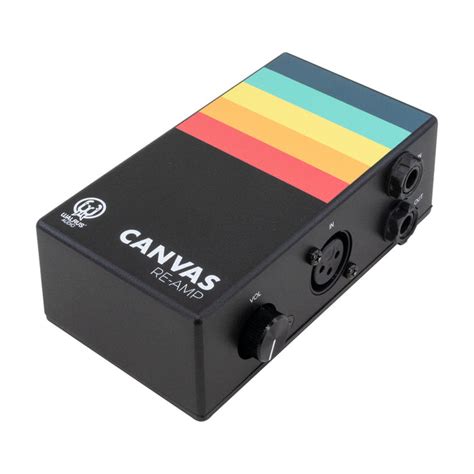
This 2-in-1 pedal features both a passive blender for dosing dry/wet signal and a reamp function for feeding signal back into an amp or effects chain. Its powerless design offers maximum transparency. A smart tool for guitarists and studios alike.
3. One Control Mosquite Blender
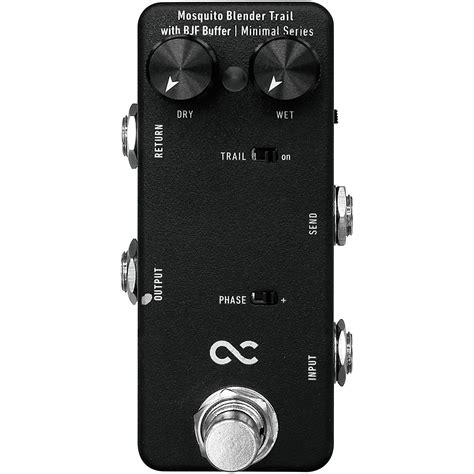
The ultra-compact Mosquite Blender lets you mix a dry signal with a parallel effect loop. It features a phase switch and a mini pot to control the mix. Perfect for restoring clarity to dynamics-hungry effects such as fuzz.
4. GFI System Duophony Parallel Blender
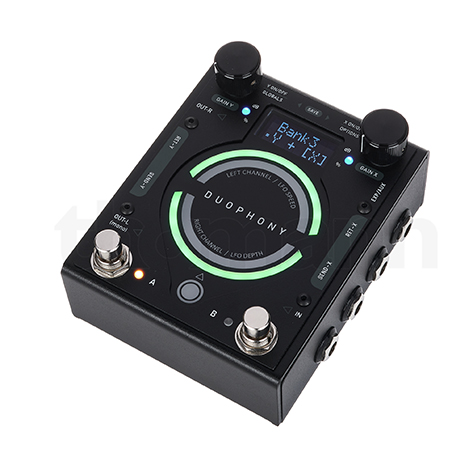
The Duophony is a high-end stereo parallel blender, designed for mixing two effect chains with precise volume and phase control. It allows mono or stereo mixing with exceptional clarity and true bypassing. Ideal for demanding musicians looking to sculpt a complex, dynamic signal.
5. JHS Switchback
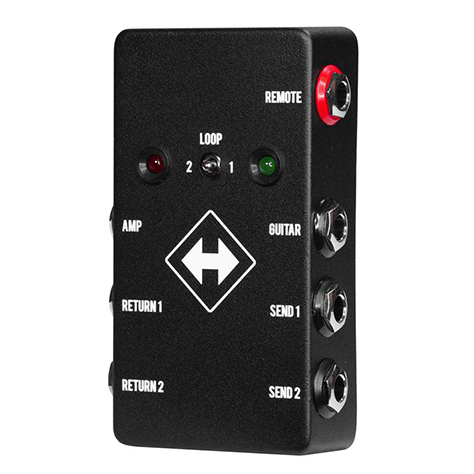
Simple and effective, the Switchback is a bidirectional looper with remote control (via external footswitch) for inserting or bypassing an effect loop. It can also be used as an AB switch or pedal tester. A valuable little utility for rig builders.
6. TheGigRig Wetter Box
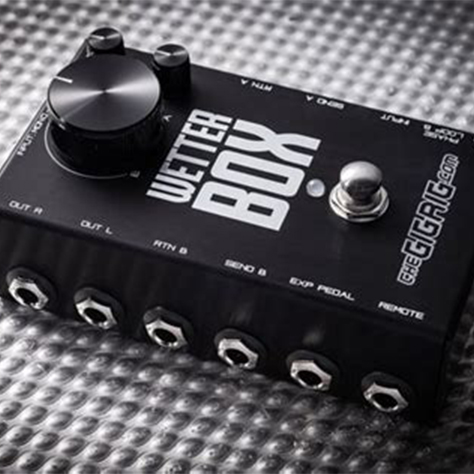
The Wetter Box enables a precise mix of dry signal and effects via a fully analog parallel loop. Ideal for delays, reverbs or fuzz, it respects the original signal while offering a wide sound palette. A high-end solution for sound purists.
7. Electro-Harmonix Switchblade Pro
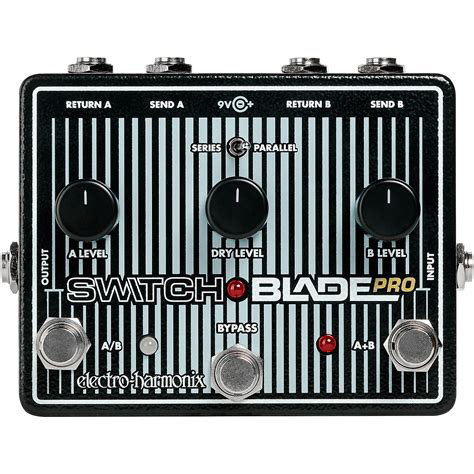
ABY, looper and mixer in one, the Switchblade Pro allows you to route signals to two amps, two loops or to mix them. It features phase control, independent volumes and a mute function. Solid and easy to use, it’s a complete solution.
8. Old Blood Noise Endeavors Signal Blender Stereo
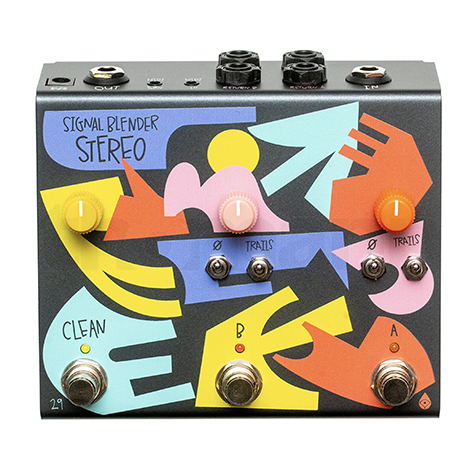
The Signal Blender Stereo is an ultra-flexible routing pedal for splitting, mixing or switching between several stereo signals in parallel. It features two effects loops with phase inversion, one volume per channel, and great sonic transparency. It’s a powerful creative tool for complex, experimental configurations.
9. Xotic X-Blender

The X-Blender features an active dry/wet mix, true bypass loop, clean boost, phase inverter and active equalizer. Designed to preserve the clarity of the original signal even with highly colored effects, it’s perfect for sophisticated setups. A high-end blend pedal.
10. Lehle Parallel L

With its exemplary transparency, the Lehle Parallel L lets you mix two sources (or one source and one effect loop) with phase control, adjustable gain and 100% analog electronics. Built like a tank, it integrates perfectly into pro chains.
A little-known pedal, the signal mixer pedal is the perfect tool for experimenting with new sounds on your pedalboard. It opens the door to parallel mixing, sonic creativity and absolute control.
So, are you ready to mix it up?


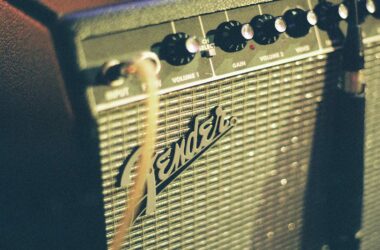
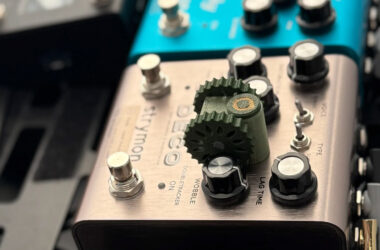

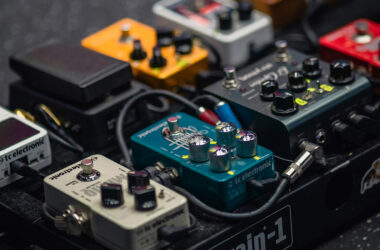
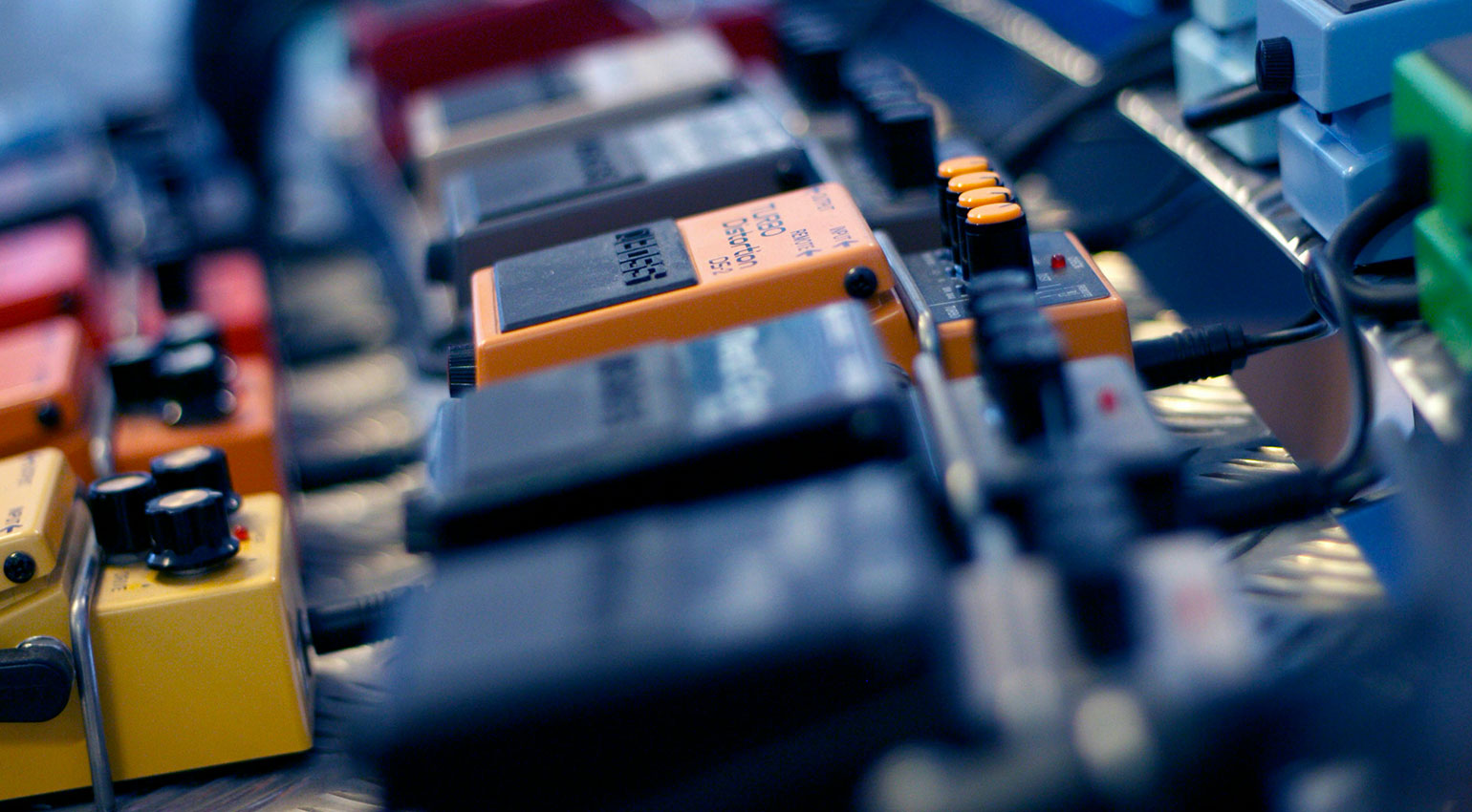
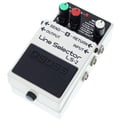
 Boss LS-2
Boss LS-2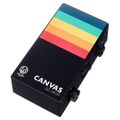
 Walrus Audio Canvas Re-Amp
Walrus Audio Canvas Re-Amp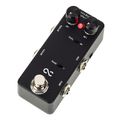
 One Control Mosquito Blender Trail
One Control Mosquito Blender Trail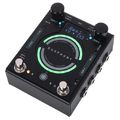
 GFI System Duophony Parallel Blender
GFI System Duophony Parallel Blender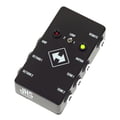
 JHS Pedals Switchback
JHS Pedals Switchback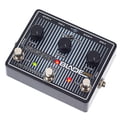
 Electro Harmonix Switchblade Pro DLX Switcher
Electro Harmonix Switchblade Pro DLX Switcher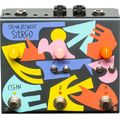
 Old Blood Noise Endeavors Signal Blender Stereo
Old Blood Noise Endeavors Signal Blender Stereo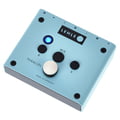
 Lehle Parallel SW II
Lehle Parallel SW II